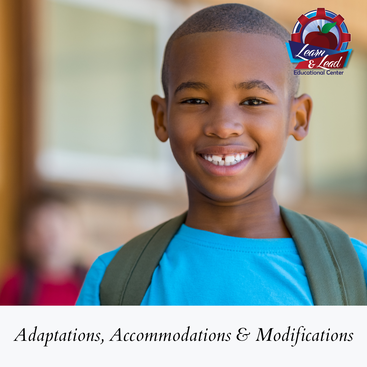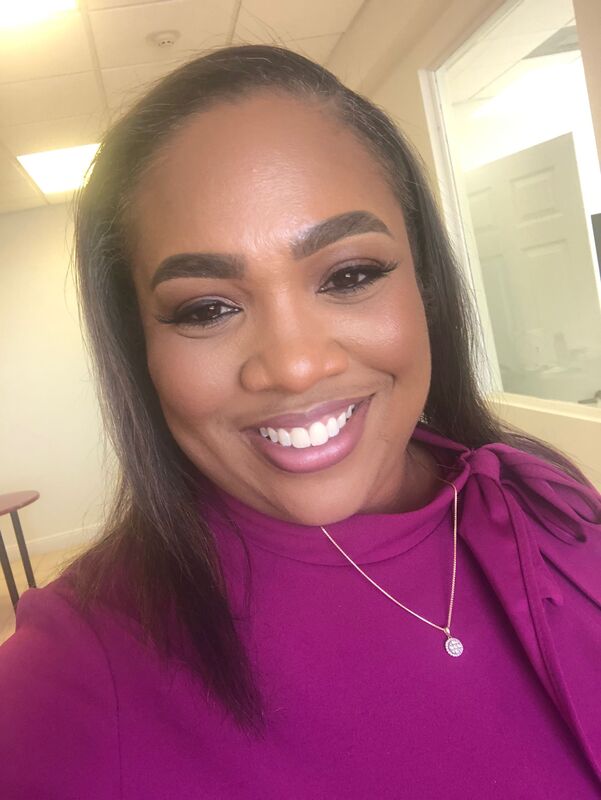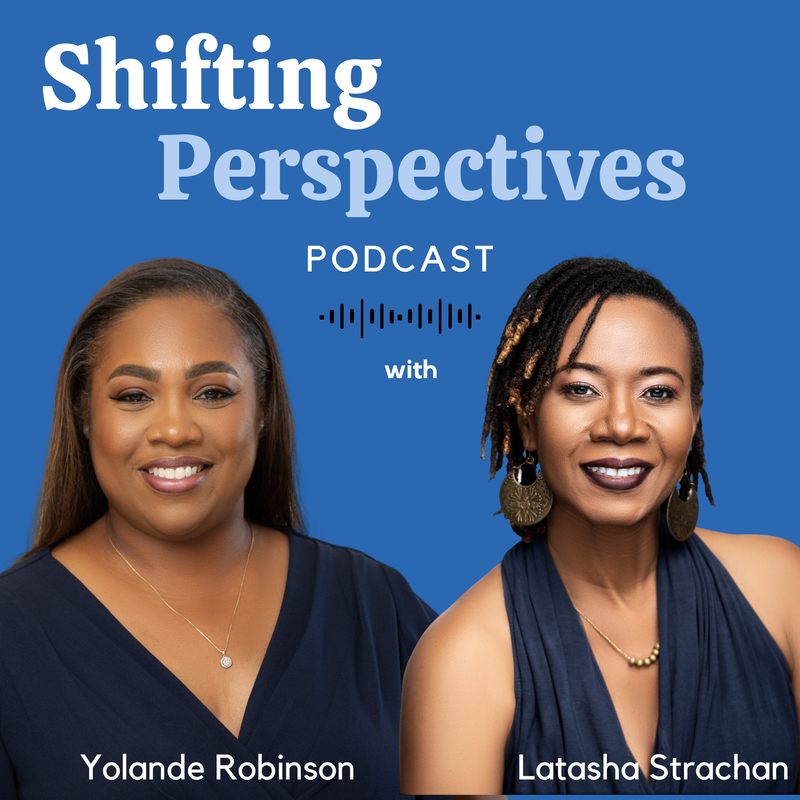 Earlier this week I met with a group of teachers to discuss Exceptional Learners in the Primary Classroom. After our session, I thought it would be helpful to share a post on the difference between adaptations, accommodations, and modifications. Clarity in this area can be helpful for both teachers and parents. Firstly, let me lay some ground work. When we are looking at ‘Special Education’ we are referring to the way that instruction is designed to meet the needs of exceptional students. This may require special materials, teaching techniques, equipment or even facilities. When we refer to exceptional students or learners we are referring to students that require special education and related services if they are going to reach their full potential. Many of our classrooms in the Turks and Caicos Islands are Inclusive Classrooms. This means that there is a general education curriculum being taught where students with or without learning differences learn together. For this to happen with success, educators often must ask themselves, how can the content I am teaching be adapted so that it can be accessed by all my students? Adaptations are changes in the way instruction and assessment are carried out to provide equal opportunity for students to achieve their learning outcomes. For exceptional learners, these adaptations can be essential for them to reach their potential. Adaptations can be either accommodations or modifications. Accommodations change how the students access the curriculum. They don’t change what students are learning, but how the content is presented or how they are showing what is being taught to them. Here are examples accommodations:
Modifications are a little different than accommodations. Accommodations don’t change the content or instructional level, whereas modifications do. Modifications take the individual students need into consideration and change what they are expected to learn. Here are examples of modifications:
Inevitably when we discuss accommodations and modifications, the idea of fairness arises. It’s important to highlight that fair does not mean equal. Fair means giving students what they need. Modifications and accommodations do not give students an unfair advantage but are designed to create level the playing field…in other words to bring equity into the learning equation. When we focus on building equity into our education system and our learning environments, we create opportunities for all students to thrive.
0 Comments
Leave a Reply. |
Author
Yolande Robinson, M.Ed. PodcastShifting Perspectives is a conversation with Yolande and Latasha that challenges Listeners to fuel themselves with diversity in the way they think, the way they work, the way they parent and the way they live their lives.
Listen to Shifting Perspectives on Apple Podcasts, Audible, Amazon Music, Spotify, Google Podcast, Stitcher, Pocket Casts, Overcast, Castro, Castbooks, or Podfriend. Archives
July 2024
Categories
All
|



 RSS Feed
RSS Feed